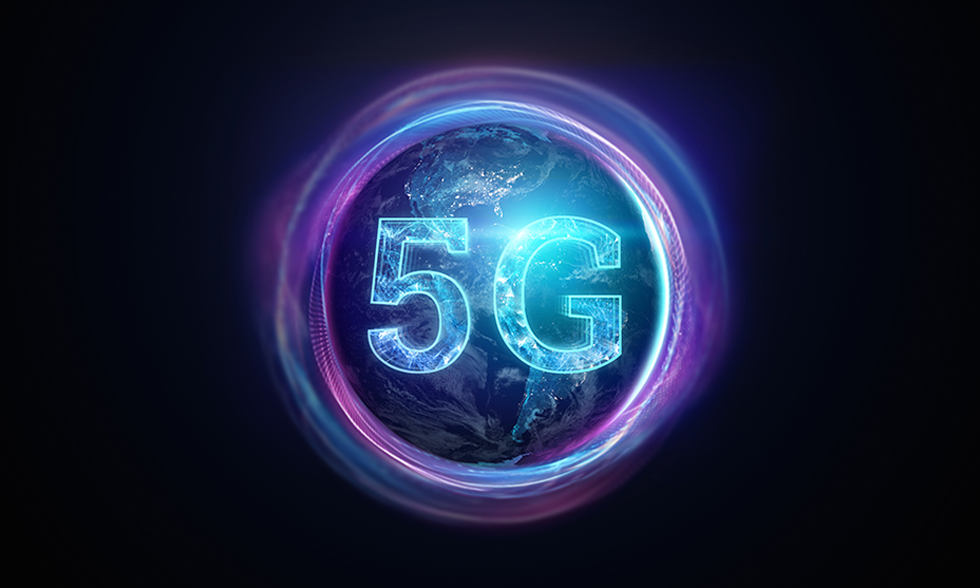We’ve all heard that 5G is going to revolutionize the way we live, from how we buy groceries, consume healthcare, to car ownership models.
Some of these services will require ultra-low latency, for which satellite won’t be a good option. However, through network slicing, Quality of Service (QoS) can be defined in order to route the right applications over the most effective transport technology.
Regardless of where the locations are there will be much more data to process, so the ability to transfer that capability out to the edge of the network will be crucial. This will require Cloud integration and Artificial Intelligence (AI) at the edge. Mobile Network Operators (MNOs) will also need to be able to guarantee QoS for many services. Black spots won’t be tolerated.
The telecom landscape is changing dramatically. It is being driven by automation, network function virtualization and software-defined networking on one side, and by the digital revolution of IoT, cloud computing and telematics on the other. Whether IoT, consumer mobile communications, or connected cars, everyone assumes and expects three things. They are unlimited bandwidth… ubiquity… reliability.
5G will eventually address three main areas.
Everything – enhanced mobile broadband
Everywhere – the massive Internet of Things
Always – mission critical control
The expectation will be that it just works. And in an ever more connected environment, it is of paramount importance that it does work, when things like Intelligent Transport Systems will rely critically on that connectivity. But how is that to be delivered, especially in the realm of Connected Cars?
Let’s face it; even the most far reaching terrestrial networks are not truly global.
According to Opensignal), by 2020, LTE will cover 63% of the world’s population but only 37% of the landmass. Even in the UK, less than 20% of UK roads have full 4G coverage, and less than half have full 3G coverage (SMMT). The assumption that there will somehow be comprehensive terrestrial 5G coverage is far from being a given.
Networks today are not living up to expectations in either coverage, bandwidth, or reliability. To give an example, South Korea is probably most advanced in terms of 5G deployment. It requires the installation of 34,000 sites for full coverage. And, South Korea is about the same size as Bulgaria. To put this into context, previous generations of networks could cover an area the size of the USA with about 30,000 sites.
So, what impact will this challenge have in a Mobility environment? Let’s talk about some numbers.
- By 2021, mobile will represent 20 percent of total IP traffic, and of that, even today, video is consuming 80% of that traffic.
- Since 2013, the number of recalls related to electronics and electrical systems have increased by 30% per year.
- There is a statistic that states that the average autonomous vehicle will generate 4TB of data per day. The truth is that much of that data will be processed on-board and will not need to burden the network, but even a small portion of that is significant, and much of that will need to be exchanged with the edge very regularly.
- 2016 was the first year that more traffic was offloaded from cellular networks onto wi-fi than remained on cellular. This trend is continuing, but wi-fi is not pervasive outside of urban areas.
It is clear that satellite will form an integral part of a hybrid network for the connected car and other land mobile applications in any scenario where extensive coverage is required. At Newtec, we see the connectivity mix of the future incorporating multiple transmission technologies. The appropriate mix will depend on the business case, location, and application.
But, historically, satellite has been viewed as something separate.
5G is the first step towards a unified system for satellite and terrestrial communications. Newtec is playing a key role in the development of the architectural framework that will allow seamless connectivity between satellite and terrestrial in the 5G ecosystem.
Newtec is actively integrating the latest efficiency, performance solutions, and advanced waveforms. We are a member of 3GPP standardization and other steering groups as well as industrial projects for 5G including with ESA. We are pushing the evolution of Newtec Dialog towards SDN/NFV, edge cloud, and scalability and we are working on 4G/5G traffic optimizations in Newtec Dialog. Our technology was also behind the world’s first 5G backhaul and OTT delivery over a LEO satellite.
The 5G infrastructure story is still being written…
This is why we are focused on enabling universal 5G coverage that truly creates an integrated hybrid network in order to deliver information to those who need it, to enhance public safety, and enable sustainable growth.
The future is very promising.


